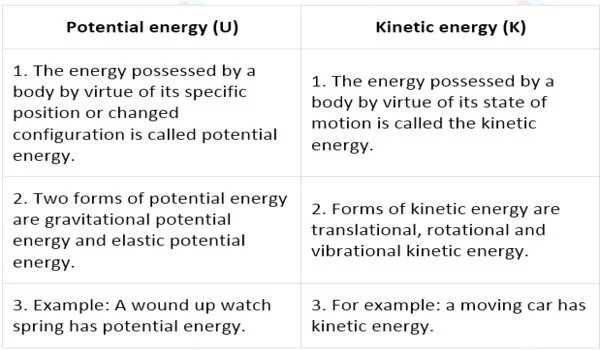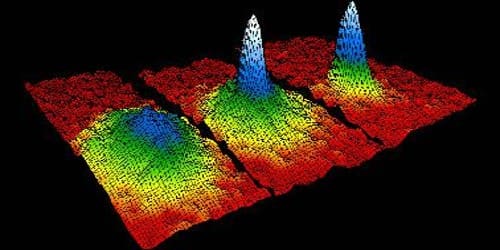Potential energy is the energy stored in any object or system due to the position or arrangement of its parts. It is, however, unaffected by factors outside of the object or system, such as air or height. Kinetic energy, on the other hand, is the energy of moving particles in an object or system.
Energy is the ability to do work. This energy can be stored in a variety of ways. Energy is a physical quantity that is proportional to the mass of an object. The ability of the body to push or pull against natural forces such as gravity determines the type of energy it is.
Energy denotes an object’s ability to perform work. It is something that can only be transformed rather than created or destroyed. When an object performs work, it loses energy, whereas it gains energy when work is performed on it. Kinetic energy and potential energy are the two broad categories of energy. While kinetic energy is the energy that an object contains as a result of a specific motion.
Potential energy, on the other hand, is stored energy due to its state of rest. People frequently confuse the two forms of energy because they are both measured in joules. So, read the article to better understand the distinctions between kinetic and potential energy.

KINETIC ENERGY
- Kinetic energy is the energy associated with objects in motion or action. It refers to the energy present in an object as a result of its ability to move. It can be determined by the speed/velocity or mass of the moving object.
- Kinetic energy can be transferred from one object to another. Simply put, kinetic energy is the energy of motion. The amount of work required to move an object of a certain mass from rest to motion. To accelerate an object, we apply force, which transfers energy from one object to another, causing the object to move at a new and constant speed. The energy transferred is called kinetic energy, determined by speed and mass of the object, i.e. the greater the mass and speed, the more kinetic energy it contains.
- Kinetic energy is relative to the environment of the moving body. The kinetic energy of an object, in motion, with a certain velocity, is same as the work performed on it. All the objects that are in motion or action, irrespective of horizontal or vertical motion, possess kinetic energy. It is the energy which an object acquires, owing to its state of motion.
POTENTIAL ENERGY
- Potential energy is the energy contained in an object due to its position. It is defined as the energy stored in an object as a result of its resting state. Potential energy is determined by mass, gravity, and the object’s height/distance.
- Potential energy cannot be transferred from one object to another. The term potential energy refers to the energy stored in an object at rest as a result of its position relative to zero. The energy is stored within the physical body as a result of overcoming natural forces. It can be found in any object that has a position and mass within a force field. For example, a notebook on the table, a ball at the top of a hill, a stretched rubber band, and so on.
- Potential energy is unrelated to the physical body’s environment. Potential energy is converted into kinetic energy when an object’s state changes from rest to motion. Because it works in the opposite direction of any displacement, it forces the object to return to its initial position, i.e. state of rest; this is why it is known as restoring energy. The potential energy of a moving object decreases as its speed increases, and vice versa.
The type of energy contained in the body is determined by the property of the body. When an object moves, potential energy is converted to kinetic energy. In contrast to potential energy, kinetic energy can be transferred from one body to another via collision.
















